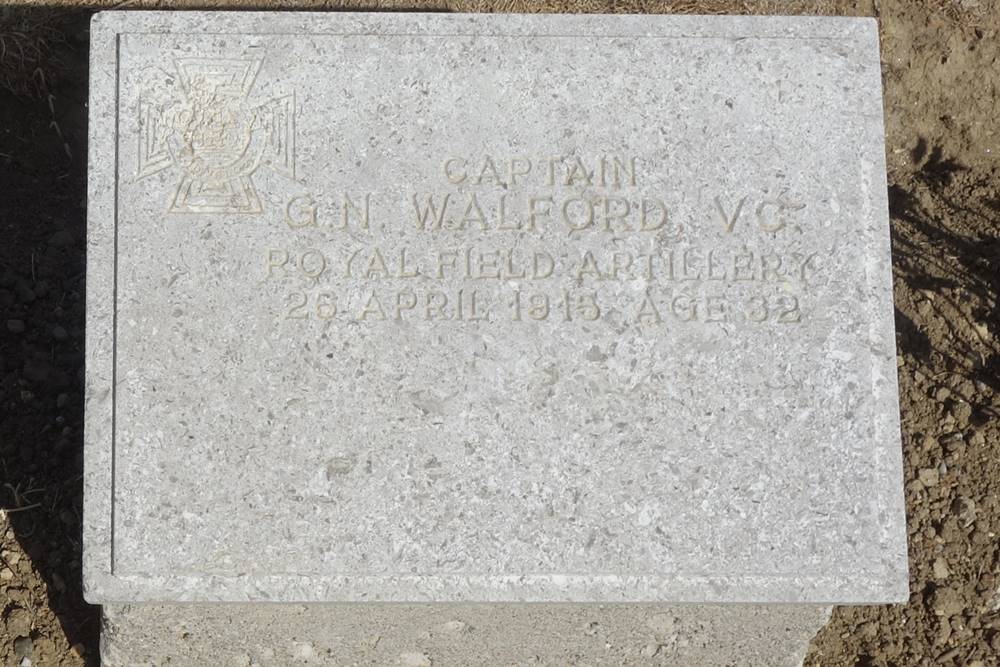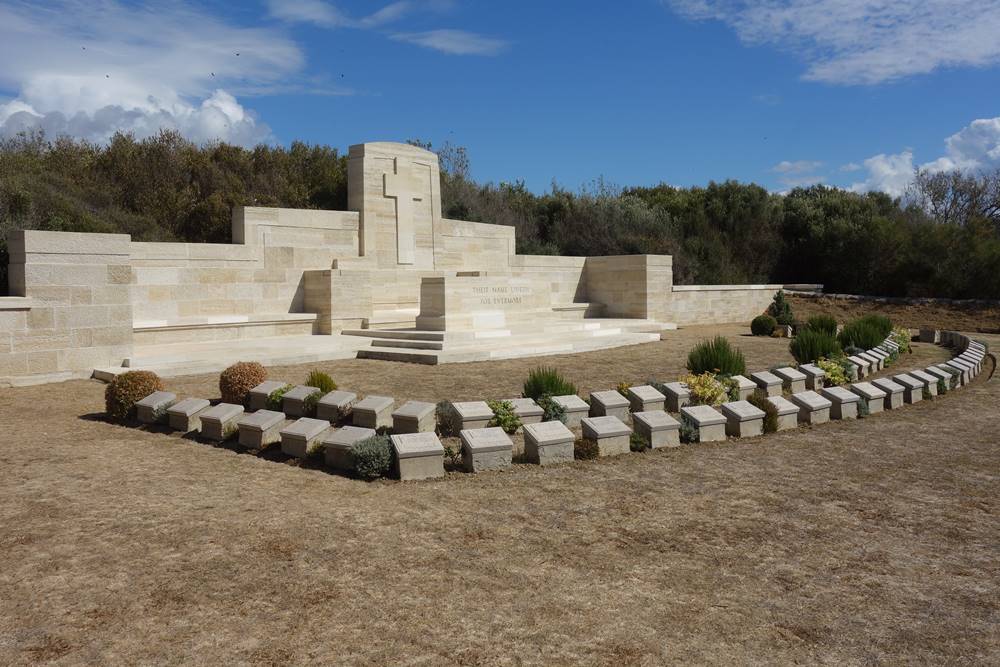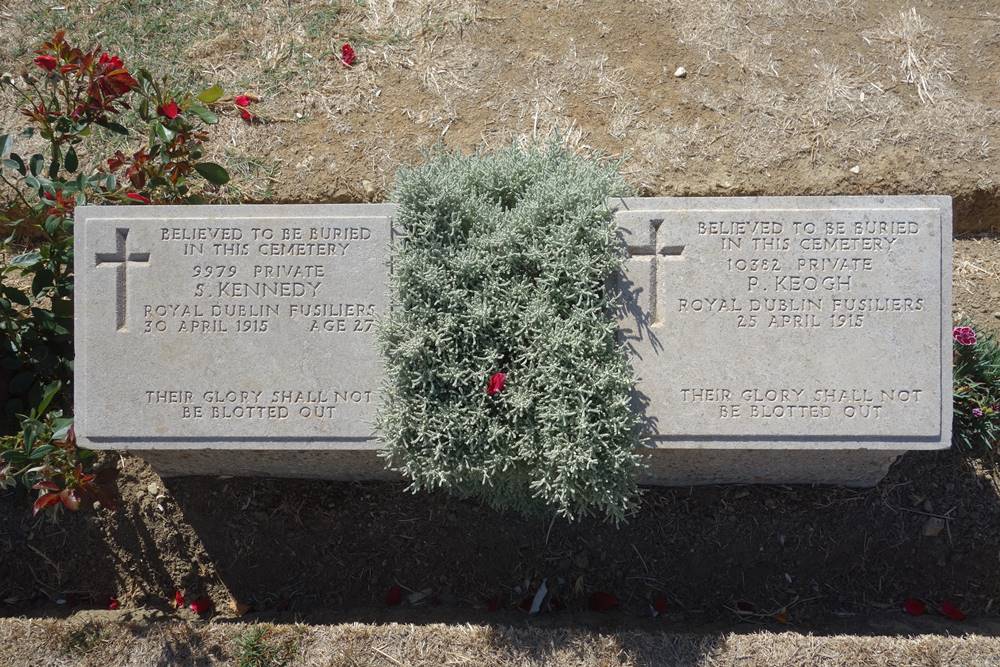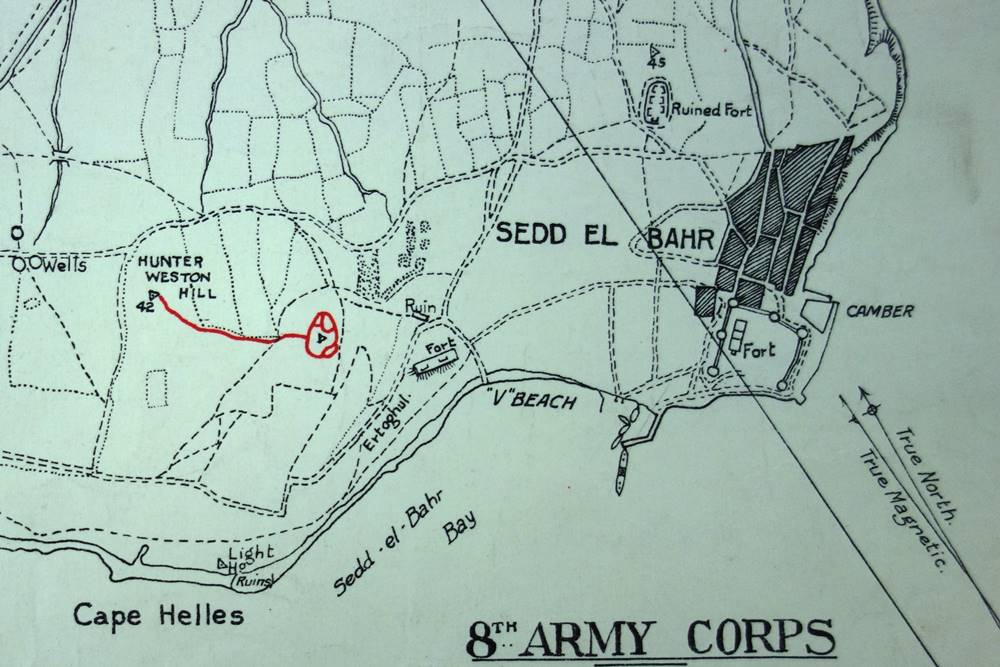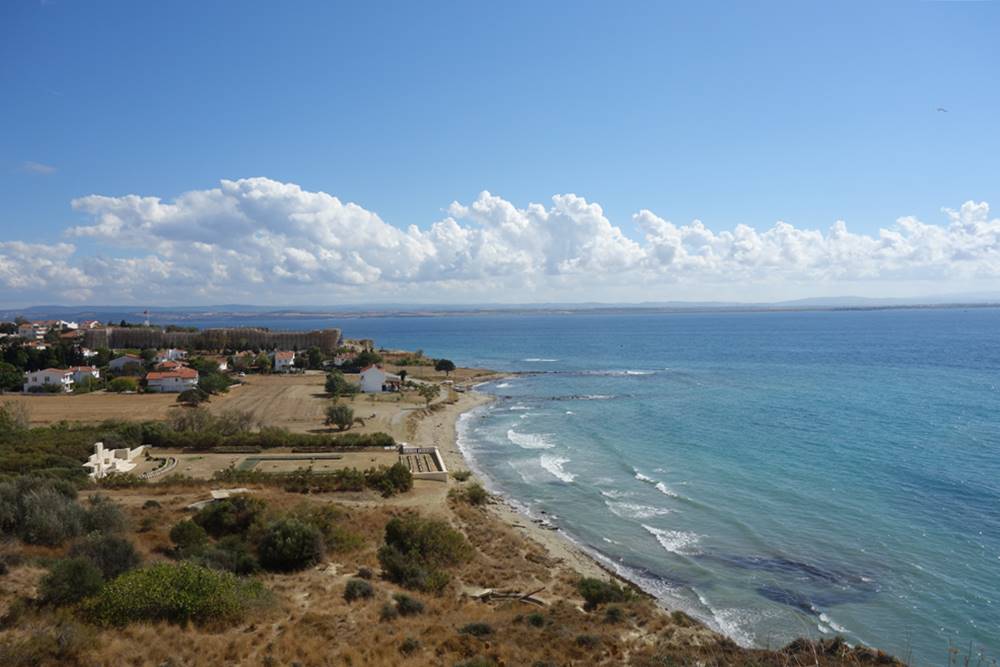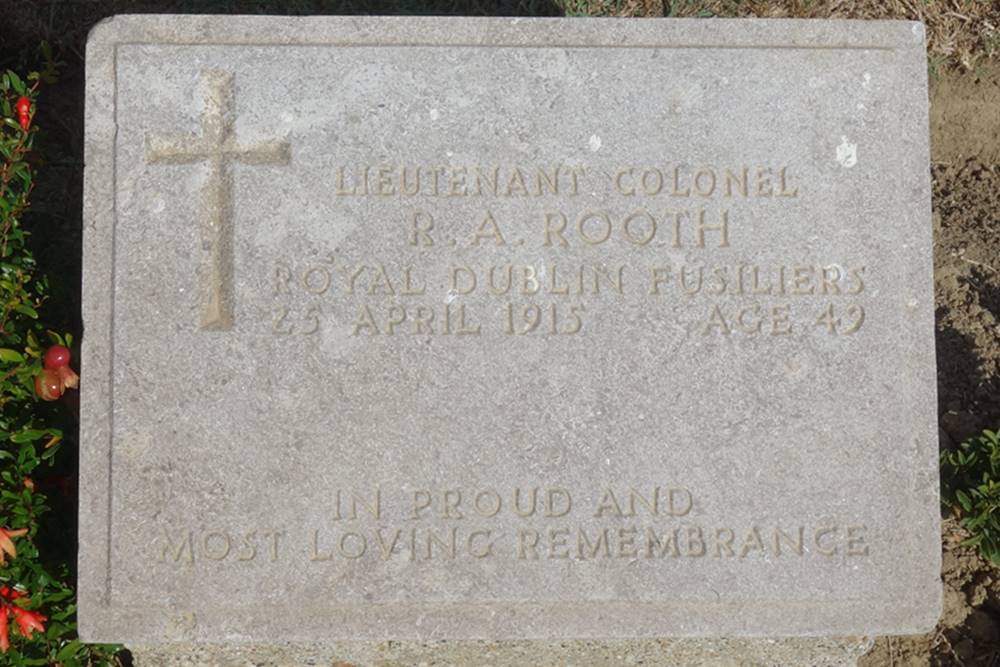This article is about V Beach Cemetery, Gallipoli and will look at some of the soldiers buried there. I have also written other articles on other cemeteries to be found on Gallipoli and guides to help you research soldiers who served in the British Army during the First World War:
V Beach Cemetery, Gallipoli
On 25 April 1915, Allied forces carried out a series of landings on the Gallipoli peninsula. Five beaches were chosen at Cape Helles, S, V, W, X and Y. V Beach was located at Sedd el Behr, where an Ottoman fort guarded the entrance to the Dardanelles. Heavy casualties were sustained during the successful landing at V Beach by the 1st Battalion Royal Dublin Fusiliers and 1st Battalion Royal Munster Fusiliers. The cemetery was in use during April and May and after the war, thirteen burials were brought into the cemetery. Of the 696 men buried in the cemetery, 480 are unidentified and there are 196 special memorials to those believed to be buried there. It is common for Allied cemeteries in Gallipoli to contain a high percentage of unidentified burials. The headstones found on Gallipoli differ from those encountered on the Western Front as they contain no unit badge and are on small plinths due to the soil.
The majority of those buried in the cemetery lost their lives during the opening week of the campaign with the Royal Dublin Fusiliers and Royal Munster Fusiliers being heavily represented. The last identified casualties to be buried in the cemetery are six men of the 1st Battalion Royal Dublin Fusiliers who were killed on 11 May 1915. The map below shows what the area looked like during the campaign. A string of barges ran from the River Clyde, which was run aground during the attack on 25 April. The River Clyde is the largest ship to the right of “V Beach” on the map. A company commander of the 1st Battalion Royal Munster Fusiliers wrote of the attack from the ship on 25 April:
The River Clyde beached according to plan at 6.30. None of us felt it, there was no jar. As she beached 2 companies of the Dublins in “Tows” came up on the port side and were met with a terrific rifle and machine-gun fire. They were literally slaughtered like rats in a trap. The steamer hopper towing the lighters from the Clyde was either shot away or broke loose, anyway it beached alone. The lighters swung crossways across the bows of the River Clyde. In the meantime the Dublins were struggling to get ashore…
We got it like anything, man after man behind me was shot down but they never wavered. Lieutenant Watts who was wounded in five places and lying on the gangway cheered the men on with cries of “Follow the Captain”. Captain French of the Dublins told me afterwards that he counted the first 48 men to follow me, and they all fell. I think no finer episode could be found of the men’s bravery and discipline than this – of leaving the safety of the River Clyde to go to what was practically certain death.
V Beach Cemetery is easy to find if you follow the directions to Seddülbahir. On the hilltop above the cemetery is the Helles Memorial to the missing of the campaign. The photograph below shows the area looking across the Dardanelles. If you visit the area in warmer weather, you’ll find the beach packed with locals. The white building closest to the beach is a restaurant which I’d recommend. Sedd el Bahr fort can be seen in the background which at the time of my visit was undergoing renovation. The spit of rocks protruding from the beach marks the location where the SS River Clyde was grounded. So great were the casualties of the attacking force on 25 April 1915 that for 50 yards out the sea turned red. If you climb up to the Helles Memorial and continue along the road, you’ll come to the Lancashire Landing and then Pink Farm Cemeteries.
V Beach Cemetery contains the grave of Captain Garth Neville Walford who was posthumously awarded the Victoria Cross along with Lieutenant-Colonel Charles Doughty-Wylie. Doughty-Wylie was buried close to where he fell, near a modern water tower and only a short walk from V Beach. Walford was an officer of the Royal Field Artillery and serving on the staff of the 29th Division when he was awarded the Victoria Cross for the following act of gallantry:
On 26th April, 1915, subsequent to a landing having been effected on the beach at a point on the Gallipoli Peninsula, during which both Brigadier- General and Brigade Major had been killed, Lieutenant- Colonel Doughty-Wylie and Captain Walford organised and led an attack through and on both sides of the village of Sedd el Bahr on the Old Castle at the top of the hill inland. The enemy`s position was very strongly held and entrenched, and defended with concealed machine-guns and pom-poms. It was mainly due to the initiative, skill and great gallantry of these two officers that the attack was a complete success. Both were killed in the moment of victory.
